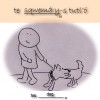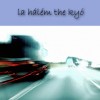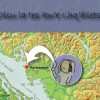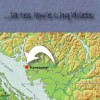The pattern te __________-s tútl’o corresponds to English ‘his _________‘.


The pattern te __________-s tútl’o corresponds to English ‘his _________‘.

Kapú is the Halq’eméylem word for ‘coat‘. You can also spell this word like this: kopú.

A:wkw’ means ‘clothing’. You can also use it more generally for any belongings, such as tools.

Ileqet means ‘to buy’‘. This word comes from iláq – ‘stern of a canoe,’, ‘stern man’, because traditionally it was common to travel and trade items carried in a canoe.

Kw’ulh la hálém the kyó means ‘The train was already gone‘ or ‘The car was already gone’.

La hálém te kyó means ‘The car (is) going’. Here Elizabeth is referring to a railroad car, so a fluent translation would be ‘The train is going’.

Hálém means ‘going’ or ‘to be going’.

Olsu la tes kw’e Lhq’á:lets means ‘So I reached Vancouver’, or ‘So I got to Vancouver’.

…la tes kw’e Lhq’á:lets means ‘to reach Vancouver‘, or ‘…to get to Vancouver’.

Tés means ‘to reach, to get to’. You can also use it for ‘to get close to, to approach’.
